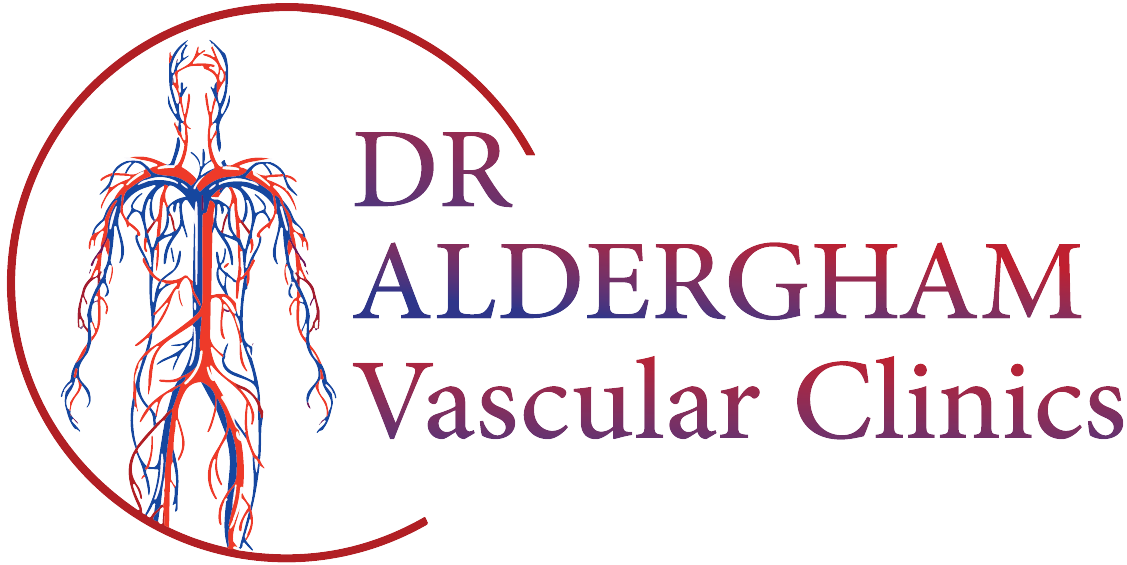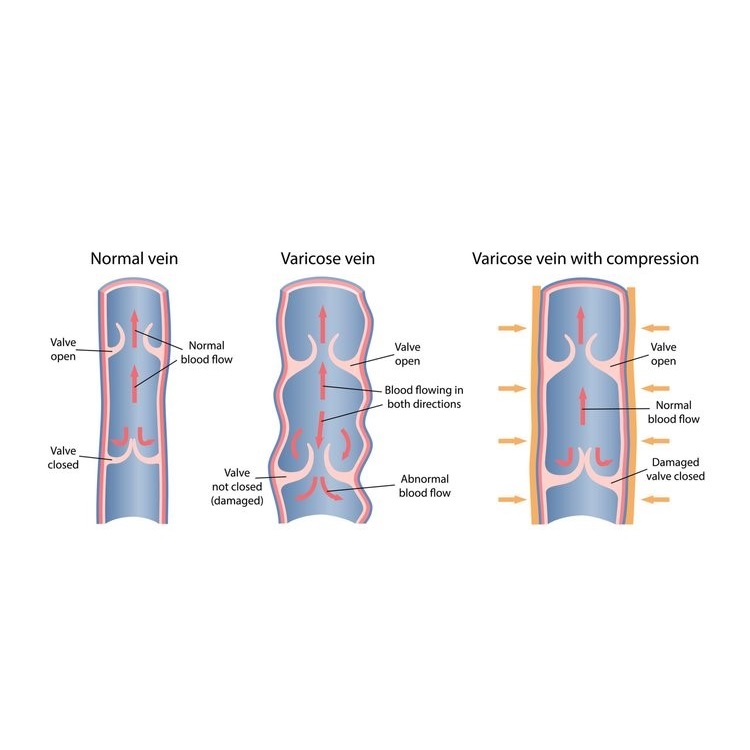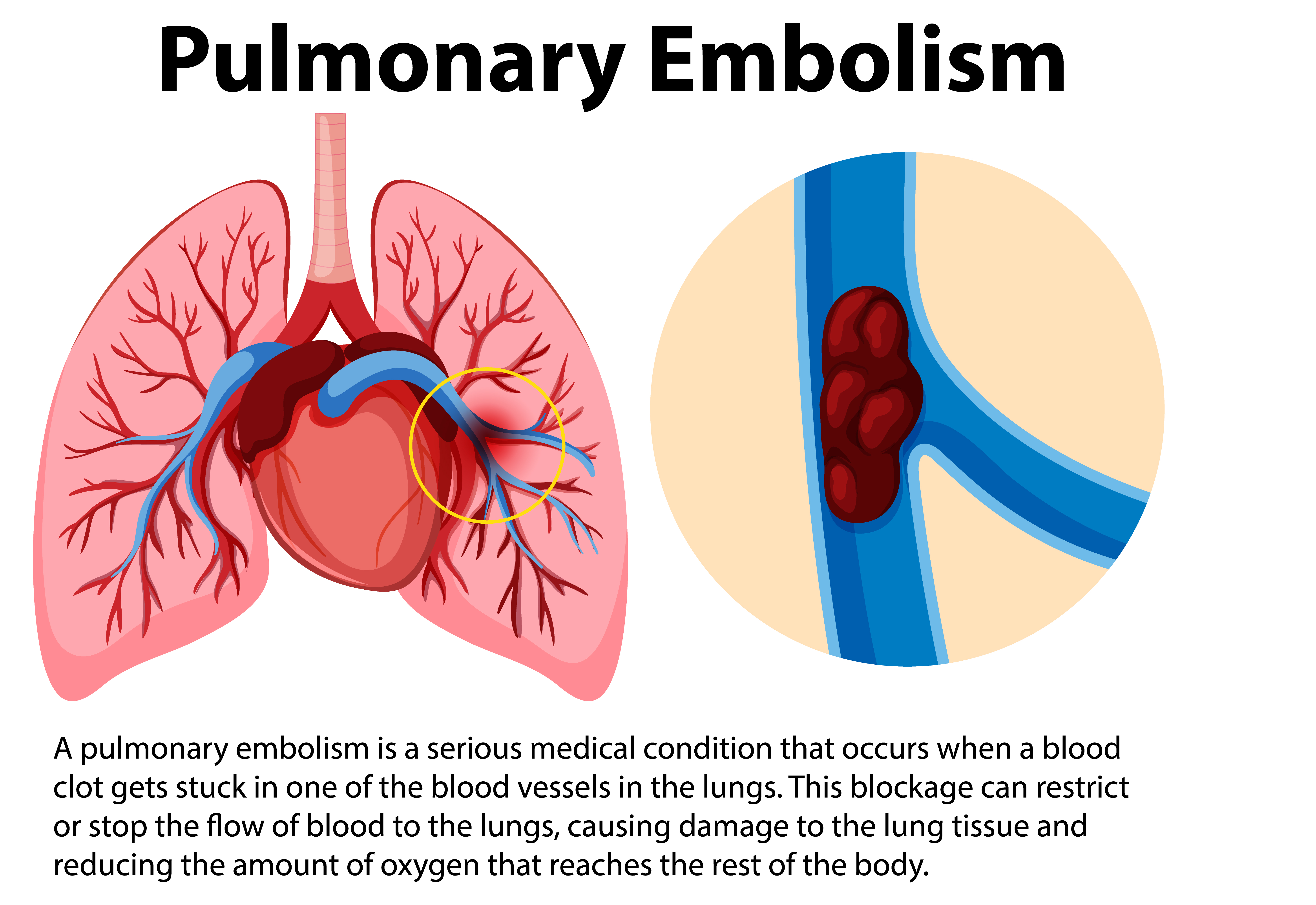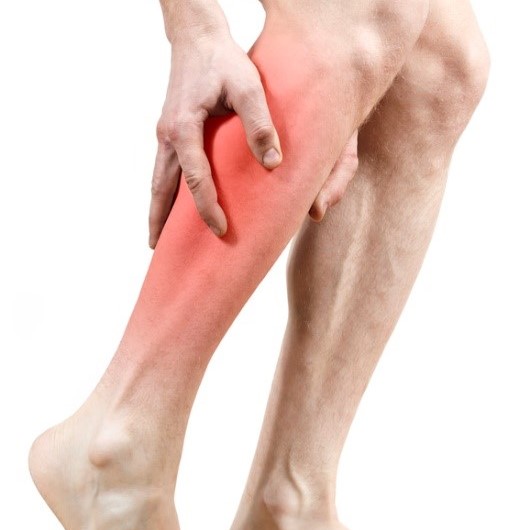Varicose veins are enlarged, bulging superficial veins that can be felt beneath the skin, generally larger than 3-mm in diameter.
If you’re over 40, you probably see them; those little purple veins that suddenly seem to appear on your legs. Veins are the soft, thin-walled tubes that return blood from the arms and legs to the heart. Because veins work against the force of gravity, they have valves that allow forward blood flow, but not reverse. Your legs and arms have two major types of veins: superficial and deep. The superficial veins are near the surface of the skin and are often visible. The deep veins are located near the bones and are surrounded by muscle. Connecting the deep and superficial veins is a third type of vein, the perforator vein. Contraction (squeezing) of the muscles in the arms and legs with exercise helps blood flow in the veins.
Varicose veins are enlarged, bulging superficial veins that can be felt beneath the skin, generally larger than 3-mm in diameter. They are usually located on the inside of the calf or thigh and develop due to weakness of the vein wall and loss of valve function. Under the pressure of gravity, they continue to enlarge, and in the course of time, they may become elongated, twisted, pouched and thickened.
Spider veins or telangiectasia are tiny dilated, veins, usually less than 1-mm in diameter, located at the surface skin layers. Spider veins cannot be felt. Veins larger than the spider veins, but still under 3-mm are called reticular veins.
symptoms
Varicose veins may be entirely symptom-free and cause no health problems. Treatment in such cases is often for cosmetic purposes. When symptomatic, varicose veins may cause ankle and leg swelling, heaviness or tension, aching, restlessness, cramps and itching. Varicose veins are more often symptomatic in women than in men. Signs of chronic venous disease include skin pigmentation (usually rusty brown), and loss of the soft texture of the skin and underlying tissue in the ankle area (called induration). Itching is perhaps the most consistent symptom of varicose veins in men. Women most often complain of leg heaviness, tension and aching
Diagnosis
The diagnosis of varicose veins is made primarily by physical examination. The accuracy of physical examination is improved with the aid of a hand-held Doppler instrument, which allows the examiner to listen to the blood flow. The most accurate and detailed test is a duplex ultrasound exam, which provides an ultrasound image of the vein to detect any blockage caused by blood clots and to determine whether the vein valves are working properly. Measurement of the venous function of the leg may be obtained with other tests such as plethysmography. These diagnostic tests are painless.
Treatment
Larger varicose veins are generally treated with ligation and stripping, laser treatment, or radiofrequency treatment. In some cases, a combination of treatments may work best. Smaller varicose veins and spider veins are usually treated with sclerotherapy or laser therapy on your skin.




